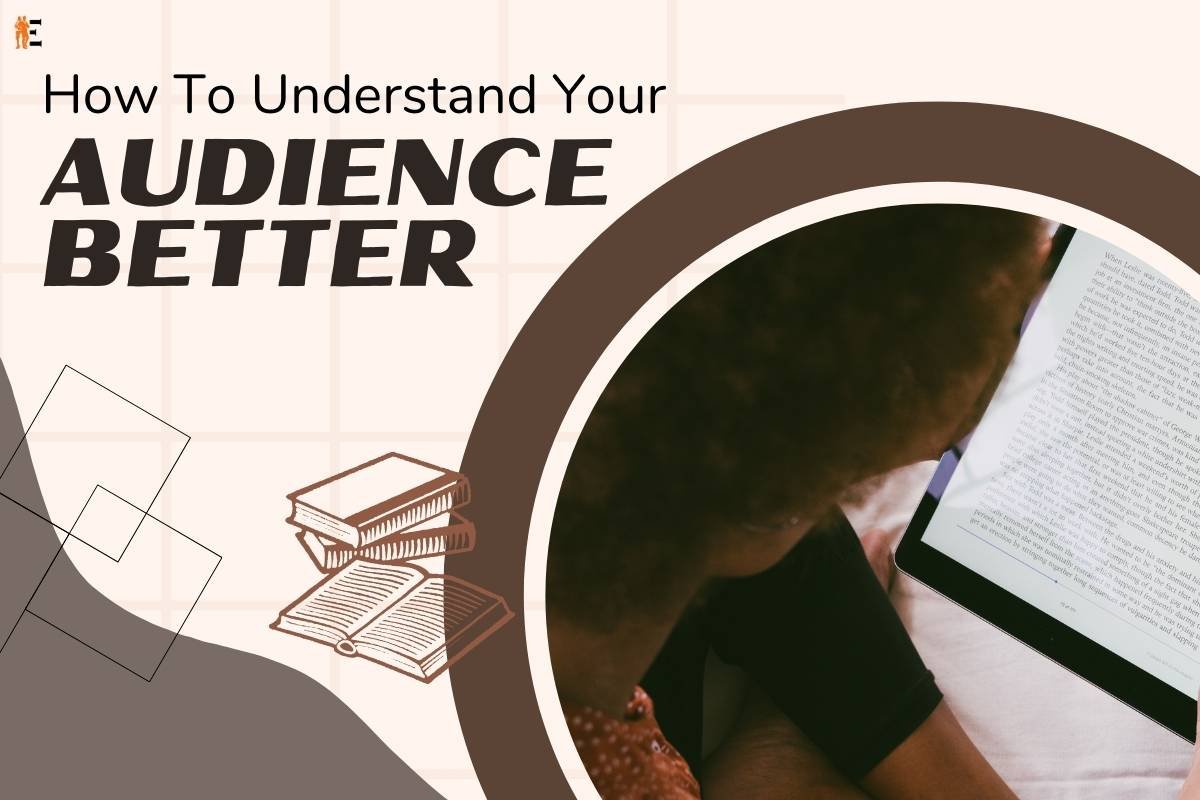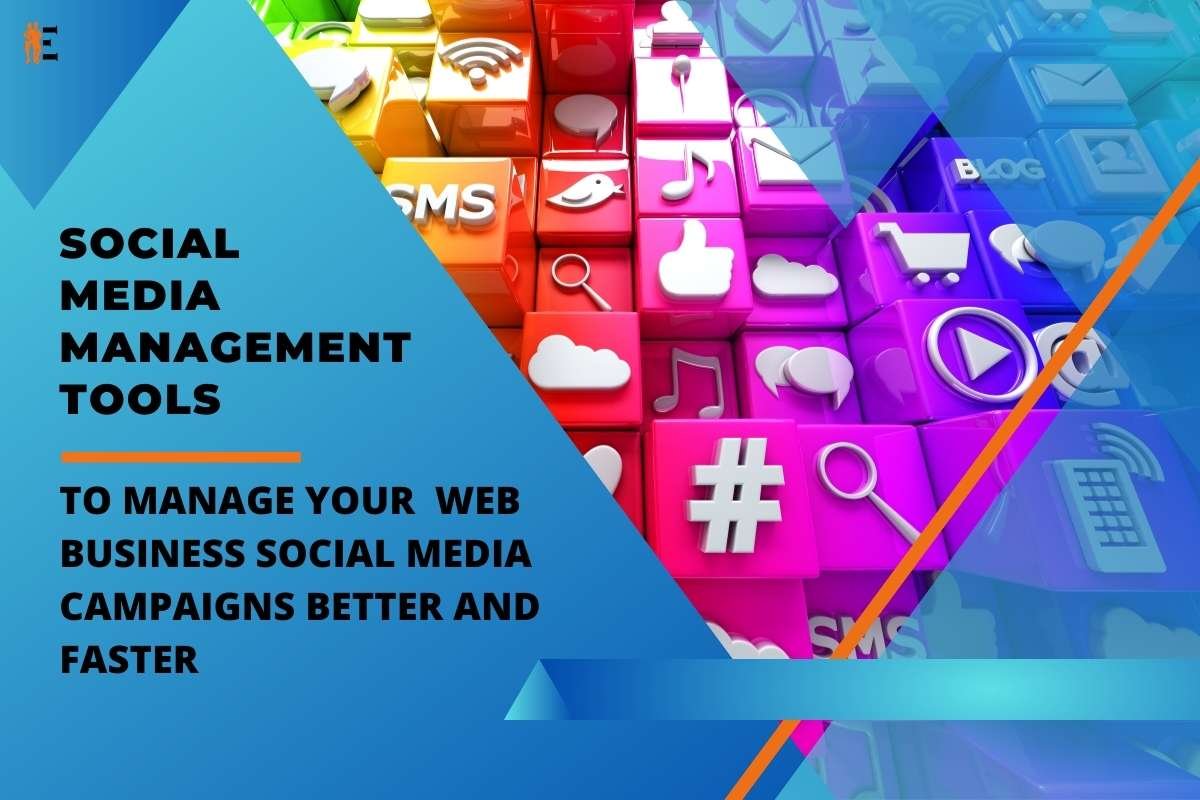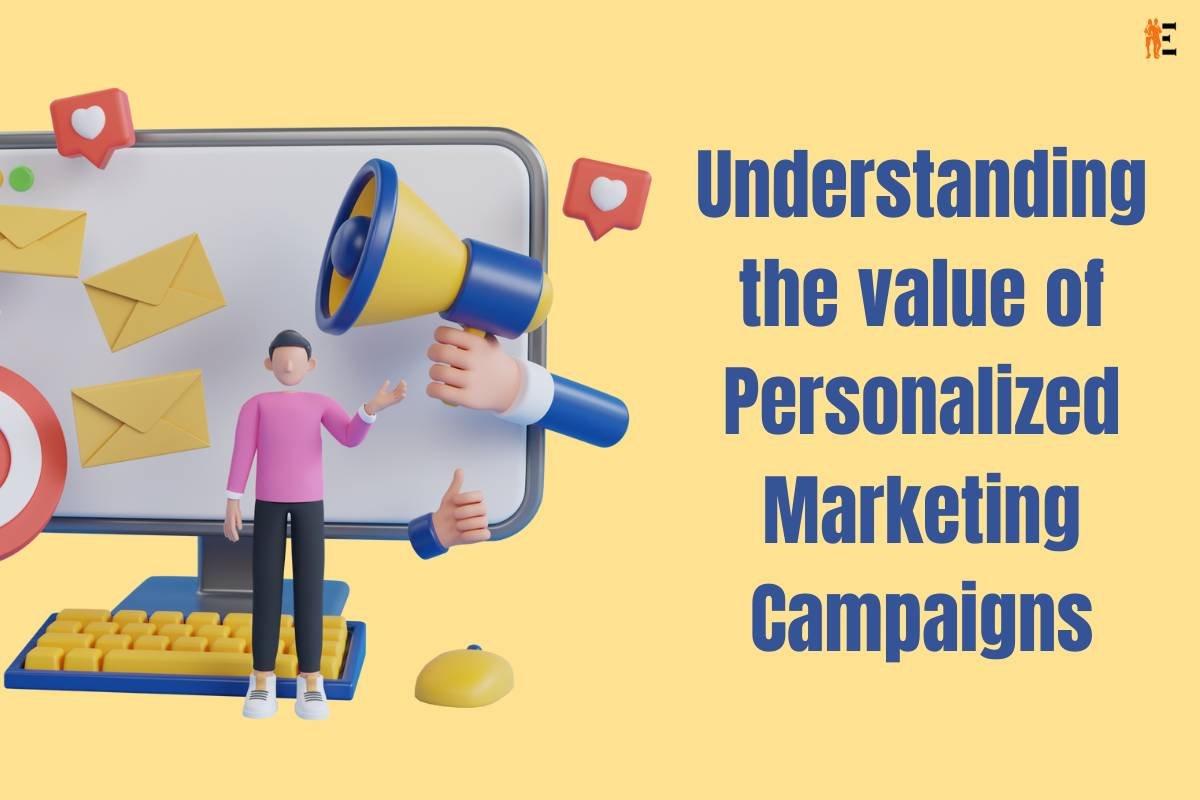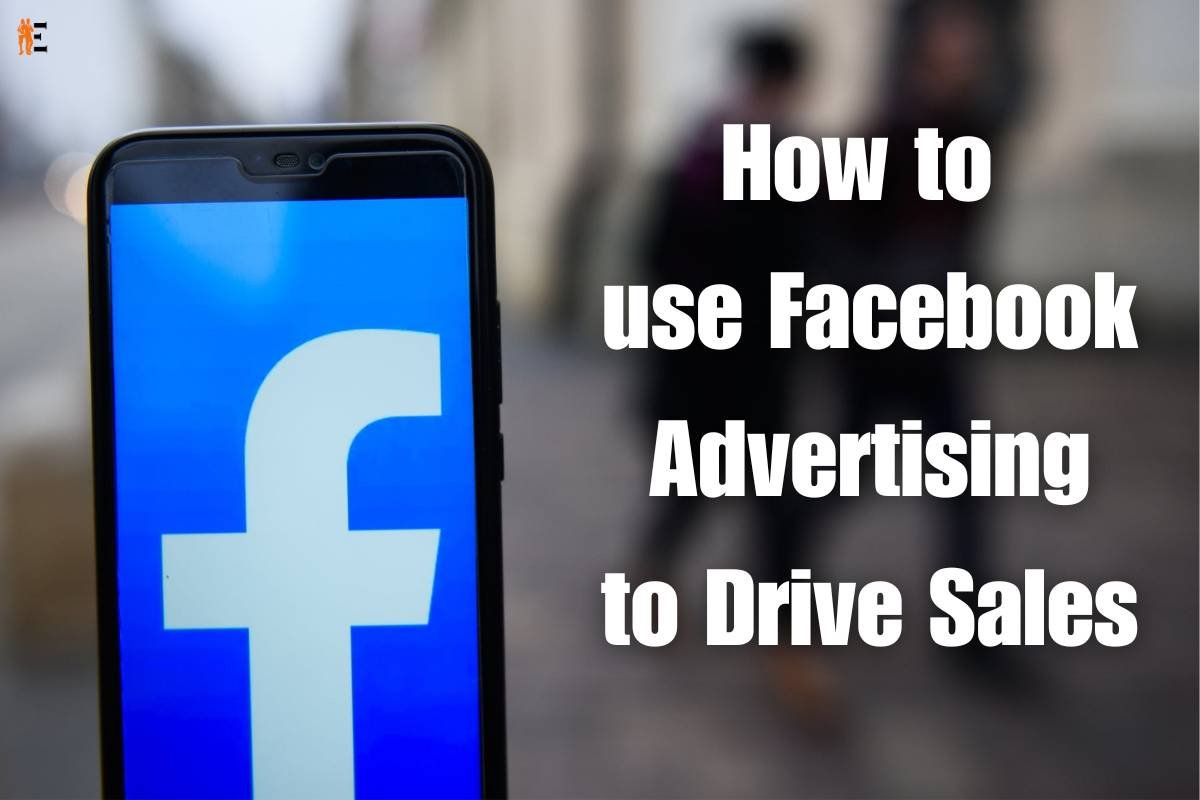How to Understand Your Audience Better?: A Comprehensive Guide
As the world becomes more digital, creating a loyal reader and follower base has become more important than ever. As digital spaces continue to evolve, adapting and understanding your audience base helps in various aspects of life, from effective communication and marketing to successful leadership and education. Whether you’re a business owner, content creator, teacher, or simply someone who wants to connect with others, the ability to understand your audience is a valuable skill and requires some strategies.
Strategies to Understand Your Audience Better
1. Conduct Research:
Research is the foundation of understanding your audience. Before you can connect with them, you need to know who they are, what they want, and what they care about. To help you do that, here are some key research methods:
a. Surveys and Questionnaires: Create surveys or questionnaires to gather quantitative data about your audience’s demographics, preferences, and various needs. Online tools like SurveyMonkey and Google Forms make it easy for you to collect and analyze responses.
b. Social Media Insights: Utilize social media analytics to learn about your audience’s behavior, interests, and demographics. Platforms such as Facebook, Twitter, and Instagram offer valuable insights.
c. Customer Feedback: Most importantly,listen to your customers. Collect feedback through comments, reviews, and direct communication. This will give you real-time information on their experiences and concerns.
d. Competitor Analysis: In addition to your audience, studying your competitors’ audiences is also crucial. What works for them? What doesn’t? This can help you identify gaps in the market or areas where you can differentiate yourself.
e. Data Analytics: If you have a website or app, use tools like Google Analytics to track user behavior. Analyze metrics like bounce rate, session duration, and page views to understand how people interact with your online presence.
2. Create Personas
Once you’ve collected data, create audience personas to represent different segments of your target audience. Personas are fictional characters that embody the characteristics, interests, and needs of your audience segments. They make it easier to empathize with your audience and tailor your messaging accordingly.
For example, if you’re a fashion retailer, you might create personas like “Fashion-Forward Fiona” and “Budget-Conscious Ben.” Fiona is a young professional who values trendy, high-end fashion, while Ben is a college student looking for affordable, stylish clothing.
3. Develop Empathy

Empathy is the ability to understand your audience and share the feelings and perspectives of others. Developing empathy for your audience is crucial in forging meaningful connections. Here’s how to cultivate empathy:
a. Active Listening: Pay close attention to what your audience says, both directly and indirectly. Listen not only to their words but also to their emotions and body language.
b. Walk in Their Shoes: Try to see the world from your audience’s perspective. What challenges do they face? What motivates them? This exercise can help you relate to their experiences.
c. Seek Feedback: Actively seek feedback and engage in open, constructive conversations with your audience. This shows that you value their input and are willing to make improvements based on their needs.

4. Segment Your Audience
Not all members of your audience are the same. They have diverse interests, needs, and preferences. Segmenting your audience allows you to create targeted messages and experiences for different groups within your larger audience. Common segmentation criteria include:
a. Demographics: Divide your audience based on age, gender, location, income, education, and other demographic factors.
b. Psychographics: Consider lifestyle, values, beliefs, and personality traits. This helps you understand your audience and their motivations and decision-making processes.
c. Behavior: Segment based on how your audience interacts with your products or services. For instance, frequent buyers may have different needs than occasional shoppers.
d. Needs and Goals: Identify common problems or goals your audience members share. This can guide your content creation and product development.
5. Use Audience-Centric Language

Once you’ve segmented your audience, it’s essential to communicate with them using language and messaging that resonates. Avoid jargon or terminology that may be unfamiliar or off-putting to your audience. Instead, use words and phrases that align with their interests and values.
For example, if you’re targeting a tech-savvy audience, you can use industry-specific terms without explaining them in detail. However, if your audience is less familiar with the technology, you should simplify your language and provide explanations when necessary.
6. Test and Iterate
To understand your audience on a deeper level, you should continually test your assumptions and strategies to ensure they remain relevant. Conduct A/B tests to see which messages or products resonate the most with different audience segments. Monitor engagement metrics and gather feedback to refine your approach.
7. Stay Informed
The world is constantly changing, and so are your audience’s preferences and needs. To maintain a deep understanding of your audience, stay informed about industry trends, cultural shifts, and emerging technologies. Attend relevant conferences, subscribe to industry publications, and engage in continuous learning.
Conclusion:
Understanding your audience demographic is a dynamic and essential skill that can highly benefit your personal and professional journey. By conducting research, creating personas, developing empathy, segmenting your audience, using audience-centric language, testing, and iterating, and staying informed, you can build meaningful connections, tailor your messages effectively, and ultimately achieve your goals. Whether you’re a marketer, educator, leader, or simply looking to connect with others, the ability to understand your audience is a valuable asset that can lead to success and fulfillment in various aspects of your life.











